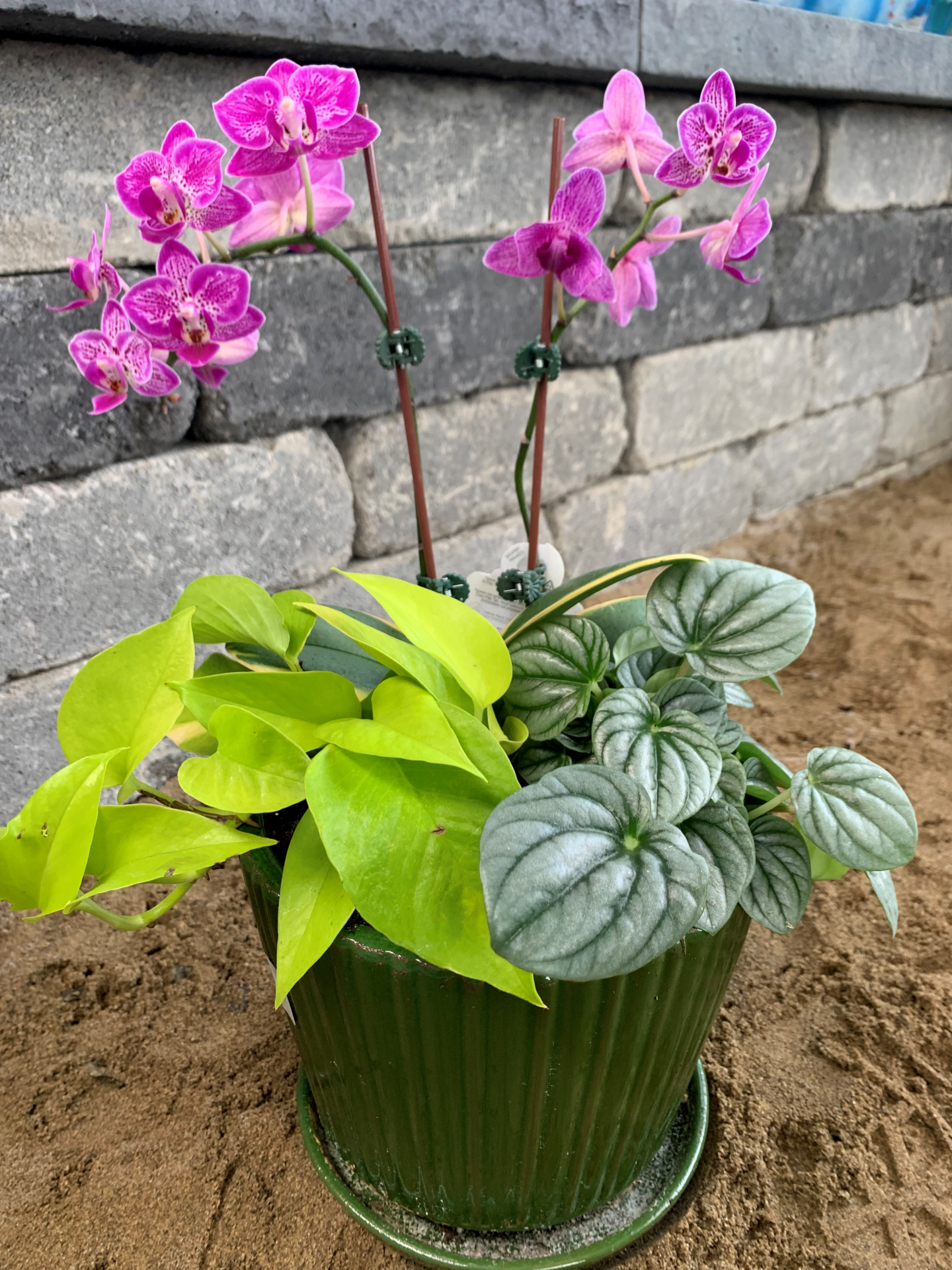Tissue Culture
Garden Clippings for Jan 20, 2024.
It was back in grade 6 when we were introduced to plant propagation. We learned that the 3 primary methods of gaining new plants are by seed, stem cuttings and division. We also touched on grafting and air layering.
In today’s grade 6 Biology class we would add tissue culture to the list.
Tissue culture is a ticklish propagation technique, giving nursery growers one more way to gain plants quickly, accurately and in great numbers.
Also called micro propagation, tissue culture is a technique of making new plants in a lab under sterile conditions. Only a few cells are required in the process. As little as one or two leaves or roots of the parent plant has the capability to produce hundreds of offspring.
So far, tissue culture has been found to be easier if using fleshy or herbaceous plants rather than tough, woody plants. Two of the easiest plants to reproduce by tissue culture are African Violets and Orchids. A limited number of herbs are now produced, and it is expected that in short order, many annuals, perennials, herbs and indoor plants will be grown by tissue culture.
Want to try tissue culture at home? You will need a face mask, bleach, rubbing alcohol, aluminum foil, petri dishes with lids, dish soap, and tweezers. You will also need a recipe for culture medium made up of several ingredients, or available as a prepared mixture.
Sterilize the work area by thoroughly cleaning your hands, tools, and containers. Find a leaf or two and use a razor blade to chop the leaf into as many tiny pieces as you like. Prepare the mixture according to directions and add the plant tissue. Cover and maintain plant sterility.
Move the dish into a location with artificial light and 25 degrees Celsius. Provide light for 18 hours a day.
In short order each tiny plant segment should grow. Once the seedlings are large enough to handle and separate, plant into small pots with a soilless growing medium and watch them grow. If during the process fungus forms discard everything and start again.
It may take decades before researchers find ways to make tissue culture a common practice for plant production. It has already been found that orchids are much easier to grow by tissue culture. In the past, orchids were propagated by division, a slow and expensive process. Today, thanks to tissue culture, orchid growing is quick and efficient, evidenced by the fact they are available at every nursery, box store and grocery mart.


